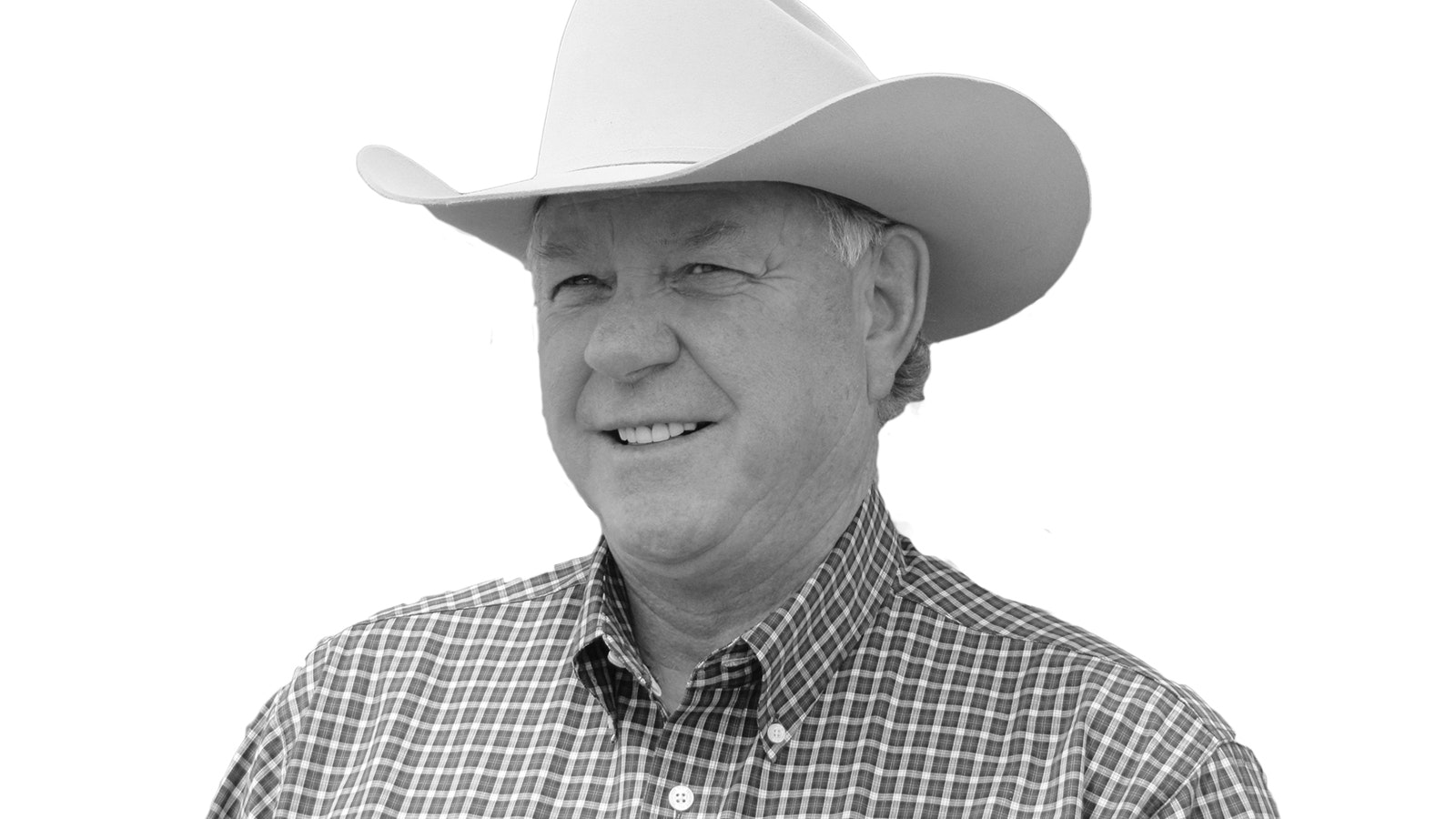The issue of wild horses just goes on and on. Literally from the day the Wild and Free Roaming Horse and Burro Act of 1971 was passed placing management under the Bureau of Land Management (BLM), finger pointing, discussions and lawsuits have been the normal.
At the time, BLM didn’t want to be managers of horses and burros – they are a land management agency – but Congress didn’t know who else to hand the problem over to. So, the BLM established herd management areas (HMA) and began allowing a specified amount of horses in each HMA.
Once they reached this number objective, the horses were rounded up and placed in feedlots or holding pens. However, this got so expensive, the BLM started leasing deeded land to place horses on.
Wild horse numbers need controlled because they have a comparatively large impact on the range.
Over the years, across all of the HMAs, horse numbers have exploded, and the BLM doesn’t know what to do with them. This has resulted in numerous lawsuits, both from landowners and wild horse advocates.
In recent years, the BLM has realized the habitat damage to federal, state and private lands caused by wild horses and has held aggressive horse roundups, placing them on Southern Plains ranches.
Although this has been working well, it comes at a huge cost to taxpayers. Since 2013, the BLM has spent over $550 million supporting these captive animals. Currently, there are over 23,500 wild horses on private lands in Oklahoma.
The University of Wyoming and Oklahoma State University completed a publication on wild horses and their management in the West. The study said, even with aggressive roundups, there are still approximately 50,000 horses above the maximum appropriate management level.
The publication said the 1971 act essentially calls for wild horses to freely roam like wild animals, but they are treated differently from wild animals because the act prohibits hunting.
At the same time, the BLM’s practice of gathering and removing wild horses from the range “more closely resembles livestock operations than wildlife management, whereas adoption programs, sales restrictions and the abolition of slaughter have resulted in feral equids effectively serving as society’s pets.”
Choosing one of the labels – wild animals, livestock or pets – offers the best hope for the federal government to succeed in wild horse management, the scientists wrote.
“As a wild species lacking sufficient predation to keep most populations in check, a hunting or culling program, like those for other wild ungulates, could slow the population growth,” the paper says. “As livestock, gathers and removals leading to sale or slaughter would limit growth and give the animals the monetary value they currently lack.”
It continues, “As pets, simultaneously conducting large-scale removals and administering fertility control, including permanent sterilization – and potentially euthanasia – could reduce population sizes and slow growth.”
The researchers’ conclude, “The current state of feral horse and burro management in the U.S. is unsustainable and will continue to be a painful resource sink without fundamental changes to the law. We recommend the U.S. federal government should officially declare the status of feral equids as either wild animals, livestock or pets and should provide the BLM and the Forest Service the legal latitude and funding to develop and implement respective management options.”
Dennis Sun is the publisher of the Wyoming Livestock Roundup, a weekly agriculture newspaper available online and in print. To subscribe, visit wylr.net or call 800-967-1647.





